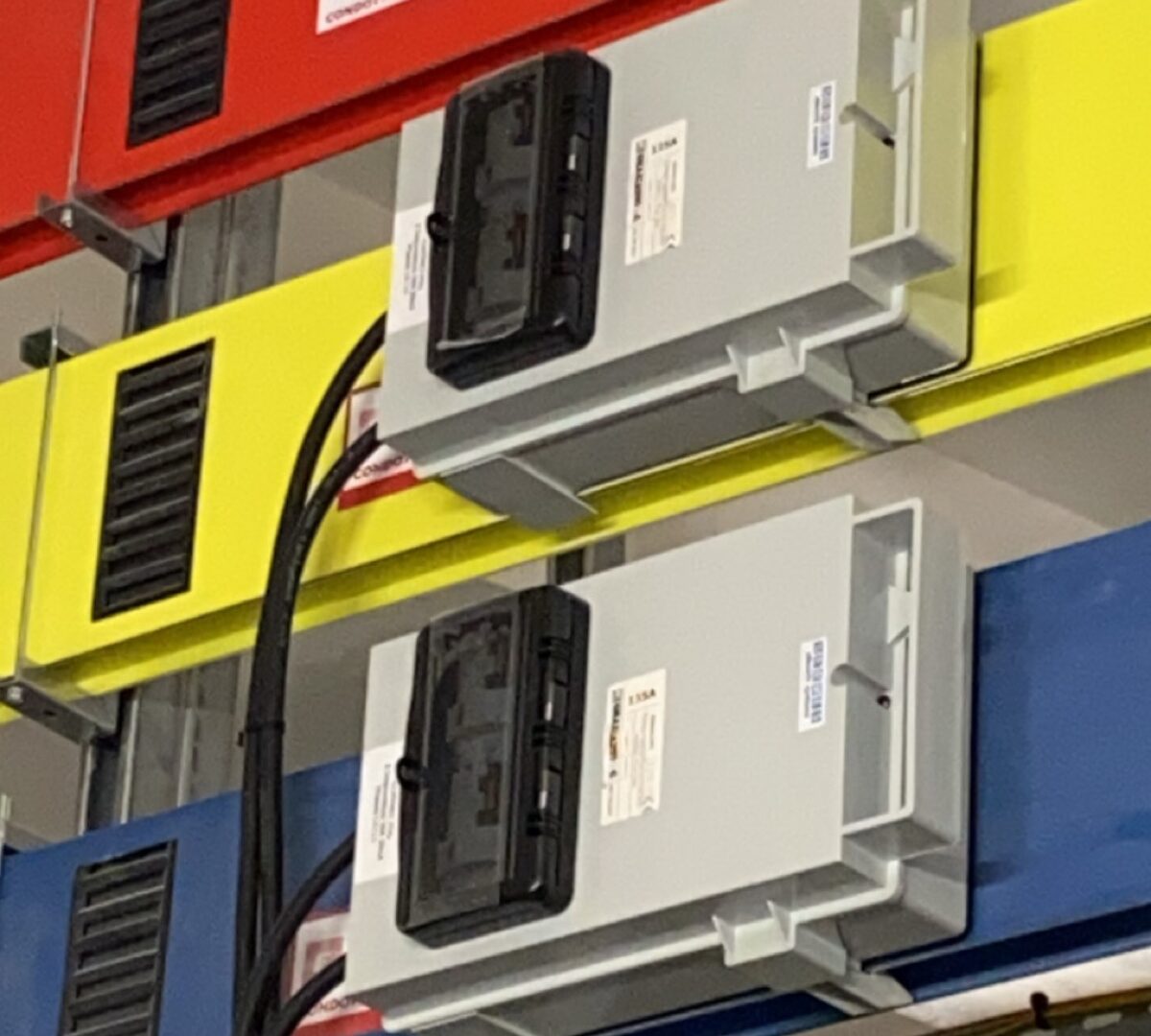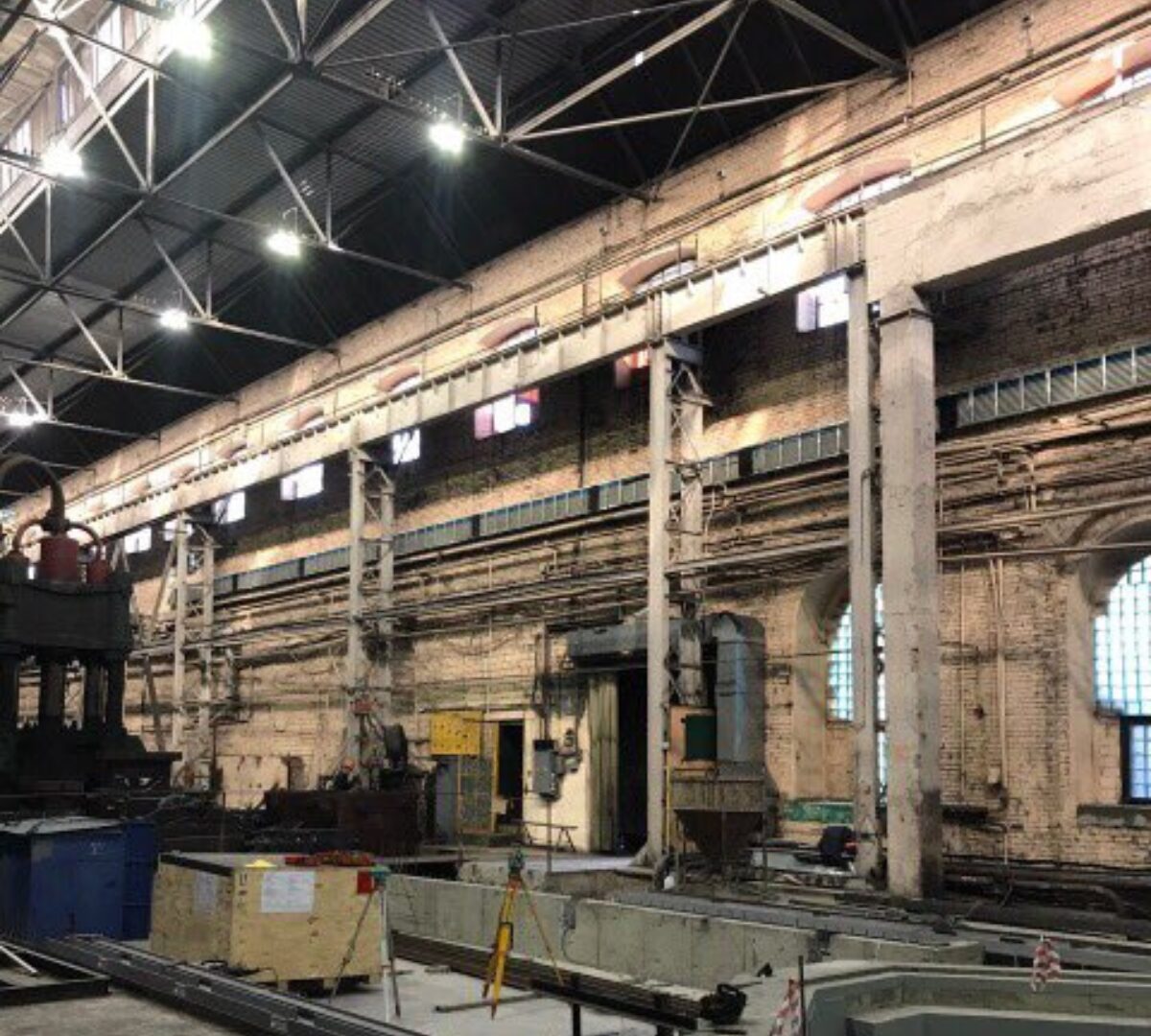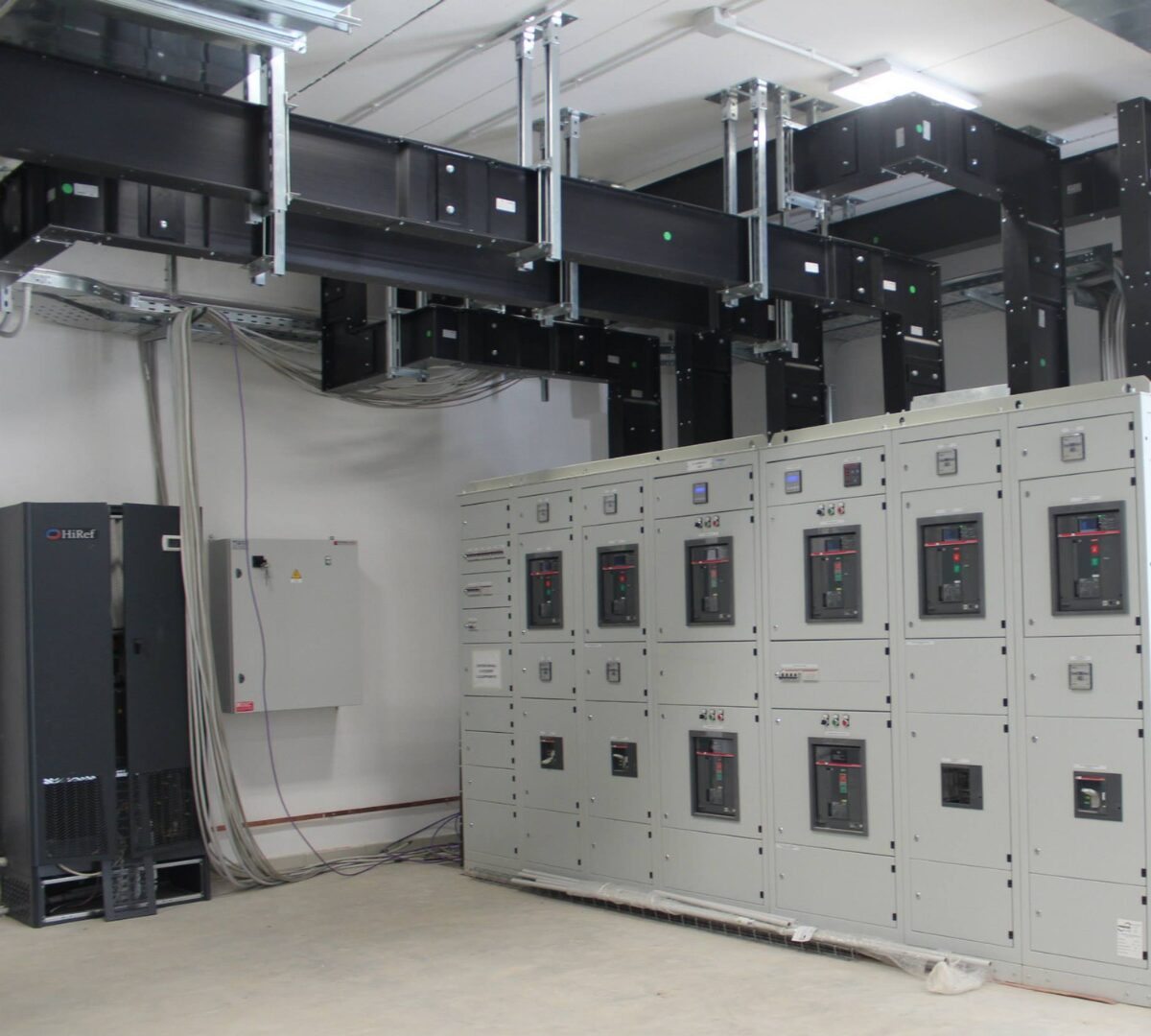Sustainability in the industrial world is no longer just an ethical principle, but a competitive lever. Today, companies are required to design electrical systems capable of ensuring production continuity, reducing energy consumption, and adapting over time.
In this context, the busbar trunking system does not merely provide a technical solution for electrical distribution: it becomes a strategic asset supporting the development of more responsible, durable infrastructures that are ready to evolve alongside production processes.
Read more: Busbar Trunking and Sustainability: Efficient Solutions for the Future
Sustainability is not expressed solely through immediate energy savings, but through the ability of a system to maintain consistent performance over time, requiring fewer interventions, reducing material waste, and ensuring greater operational efficiency.
A conscious design choice
Busbar trunking as an industrial infrastructure
The busbar trunking system is a prefabricated solution that uses conductive bars enclosed within a protective metal housing.
It is designed to ensure:
- stable energy distribution,
- low power losses,
- clean and modular installations.
But beyond its technical advantages, what truly sets it apart is its alignment with a long-term vision of plant infrastructure—one that is built to last.
Lifecycle as a design parameter
In an industrial sustainability perspective, the initial cost is not the only factor that matters.
What truly counts is the service life of the system and its ability to:
- maintain consistent performance,
- adapt to new load requirements,
- minimize production downtime,
- be inspected, expanded, and upgraded without demolition or waste.
The busbar trunking system is designed precisely for this purpose.
Sustainability as operational continuity
Reliability that reduces waste and risks
Every interruption in electrical distribution results in:
- indirect costs,
- production waste,
- loss of efficiency.
The robustness of the busbar trunking system drastically reduces the likelihood of unplanned failures, making a concrete contribution to both the economic and environmental sustainability of the production site.
Energy efficiency as a cumulative value
The controlled geometry of the conductors and the reduced electrical resistance along the path contribute to:
- reducing Joule effect losses,
- maintaining more stable operating temperatures,
- improving the overall system efficiency.
This is not a one-time saving, but a benefit that accumulates every day, throughout the entire lifespan of the system.
Modularity and adaptability: designing for the future
Growth and reconfiguration without waste
Industrial production evolves: lines expand, loads change, and areas are reconfigured.
A sustainable system is one that can grow without demolition, replacement, or unnecessary waste.
The busbar trunking system allows:
- adding tap-off points without reconstruction,
- modifying routing layouts over time,
- integrating new panels and loads with ease.
It is a system designed to support the growth of the company, not to constrain it.
Reduction of maintenance interventions
The ability to easily inspect and verify the joints enables predictive rather than corrective maintenance.
Fewer emergencies = less waste = greater sustainability.
Where sustainability becomes a strategic necessity
Critical infrastructures
Data centers, hospitals, transportation systems, large logistics facilities: environments where electrical continuity is a mission, not an option.
In these contexts, the busbar trunking system ensures long-term resilience and stability.
Advanced industrial facilities
In sectors where energy represents a strategic cost factor, such as:
- automotive,
- food industry,
- manufacturing,
- packaging,
- an efficient and modular system enables greater operational control.
A forward-looking approach to sustainability
Designing today for future performance
Sustainability is not only about reducing immediate consumption.
It is:
- choosing recyclable materials,
- reducing replacements,
- limiting invasive interventions,
- ensuring stable performance over time.
An investment that generates value
Sustainability becomes a competitive advantage when:
- extending the service life of the systems,
- reducing downtime costs,
- improving production efficiency.
The busbar trunking system fits perfectly within this logic.
Conclusion
The busbar trunking system is not simply a technical choice.
It is a strategic decision, aligned with an industry that aims to:
- operational continuity,
- responsible use of resources,
- systems designed to last.
The solutions developed by Graziadio & C. are founded on this vision: providing modular, safe, and high-performance systems designed to support today’s industrial infrastructures while preparing them for the developments of tomorrow.
To assess the solution that best fits the needs of your facility, our technical team is available for dedicated consulting support.





